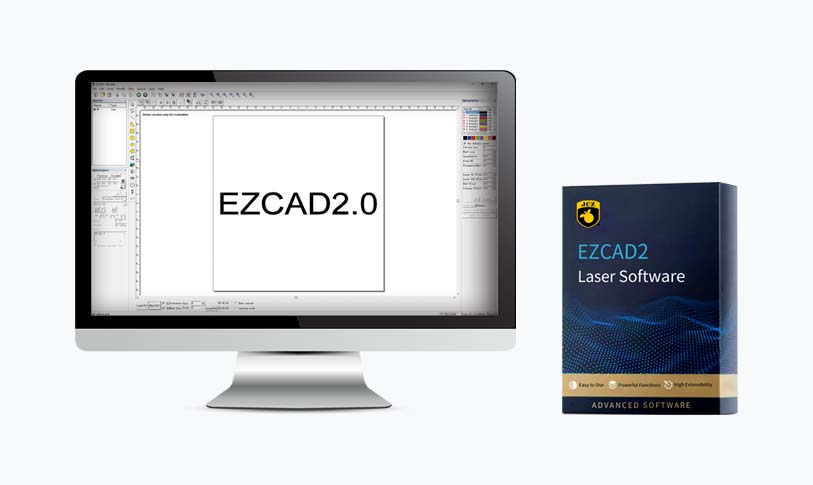—

Exploring the Advantages and Applications of UV Laser Beam Technology in Modern Industries
The advent of innovative technologies has consistently transformed various industries, leading to improved efficiency, precision, and versatility in numerous applications. Among these technologies, the emergence of the UV laser beam has proved to be a game-changer. Utilizing the unique properties of ultraviolet light, UV laser beams have penetrated fields ranging from manufacturing and medical to telecommunications and material processing. This article aims to explore the advantages, applications, and future potential of UV laser beam technology.
What is a UV Laser Beam?
A UV laser beam operates in the ultraviolet spectrum, ranging from approximately 10 nm to 400 nm in wavelength. Unlike traditional lasers that emit visible light or infrared radiation, UV laser beams possess higher energy levels. These properties enable them to deliver precise and effective results in various applications.
Advantages of UV Laser Beams
1. **High Precision**: UV lasers are known for their remarkable precision. With the ability to focus on extremely small spots, they can achieve fine detailing that is often required in applications like micro-machining and medical procedures. This level of accuracy reduces the chances of material wastage and enhances product quality.

Exploring the Advantages and Applications of UV Laser Beam Technology in Modern Industries
2. **Minimal Thermal Impact**: One of the remarkable features of UV laser beams is their low thermal impact on the surrounding materials. This characteristic is pivotal in applications where heat-sensitive materials are involved. The minimal heat generated ensures that there is no damaging heat-affected zone, which is crucial in electronics manufacturing and optical components.
3. **Versatility in Material Processing**: UV lasers can effectively process a wide range of materials, including metals, polymers, glass, and ceramics. This versatility makes them suitable for various applications like engraving, cutting, and marking.
4. **Environmentally Friendly**: Unlike some traditional laser processing methods that may produce harmful byproducts, UV laser processing can be relatively environmentally friendly. It often requires fewer chemicals and can minimize waste, making it an attractive option for environmentally conscious manufacturers.
Applications of UV Laser Beams
1. **Medical Field**: UV laser beams play a vital role in the medical sector, particularly in skin treatments, surgeries, and diagnostics. They are used for precise tissue ablation, which aids in surgical procedures without affecting surrounding healthy tissues. Moreover, UV lasers are utilized in phototherapy for various skin conditions and to sterilize medical instruments.
2. **Manufacturing and Fabrication**: In manufacturing, UV lasers are instrumental in creating highly detailed engravings and markings on various materials. They are used for cutting components used in electrical devices, automotive parts, and consumer electronics, ensuring that products meet stringent industry standards.
3. **Telecommunications**: The telecommunications industry benefits significantly from UV laser technology, particularly in the fabrication of optical components and fiber optics. The precision offered by UV lasers allows for the efficient processing of intricate designs essential for high-performance optical systems.
4. **Semiconductors**: The semiconductor industry relies heavily on UV laser beams for lithography processes essential for the manufacturing of integrated circuits. The high resolution assists in producing intricate circuit patterns within chips, which are crucial for the functionality of modern electronic devices.
Future Potential of UV Laser Technology
As technology advances, the potential applications of UV laser beam technology are expected to expand further. Research is ongoing to develop more efficient and cost-effective UV laser systems, which will enhance their capabilities and broaden their use across various sectors. Additionally, innovations may lead to even finer beam focusing and higher energy output, resulting in increased productivity and efficiency.

Exploring the Advantages and Applications of UV Laser Beam Technology in Modern Industries
Moreover, the integration of UV laser technology with automation and artificial intelligence in manufacturing processes heralds a new era of smart factories where precision and efficiency are paramount. As industries continue to push the boundaries of what is possible, UV laser beams will undoubtedly play a pivotal role in shaping the future.
Conclusion
In conclusion, UV laser beam technology stands out due to its precision, versatility, and minimal thermal impact, making it indispensable in modern applications across various industries. As the technology continues to evolve, its integration into more sectors promises to unlock new capabilities, driving innovation and efficiency. The ongoing exploration of UV laser technology will likely yield even more exciting advancements in the years to come.picosecond laser


